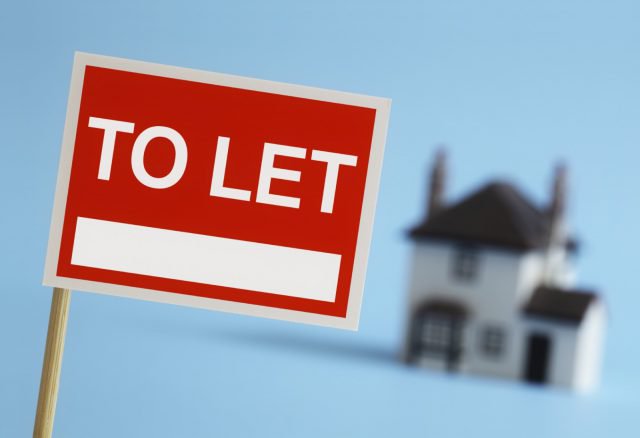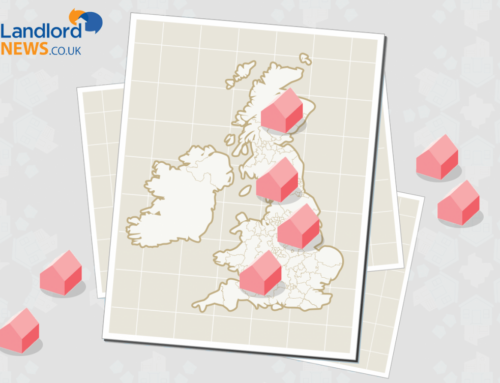Home » Uncategorised »
Ten Tips to Becoming a Buy-to-Let Landlord
This article is an external press release originally published on the Landlord News website, which has now been migrated to the Just Landlords blog.
The buy-to-let market is booming, but as with any investment, you should always ensure it is going to work for you.
The following tips and advice could help you determine if buying and renting out a property is the best direction for your savings:
- Research the market
Investors should be aware of the risks as well as the benefits. Buy-to-let involves tens of thousands of pounds and usually a mortgage.
If property prices increase, you could make high gains above your mortgage debt, but if they drop, your deposit is reduced and your mortgage will stay the same.
Many people have received big gains from buying to let, but you should understand the potential disadvantages as well as the perks.
If you know someone who has already invested in property, you could ask them about their experiences – the more knowledge and research the better.
- Choose the best location
When considering the right place to buy, think about whether it is an area that people would like to live in.
Certain parts of towns or cities can be specifically appealing. Also look at transport links if you’re investing in the commuter belt. To rent to families, consider good schools nearby. And don’t forget that students will want to live near their university and close to social spots.
Additionally, the type of property you buy needs to suit the area you’re investing in.
Usually, property investors buy a rental home in the area that they live in, as they know the market better. This can be positive, as you are more likely to know which properties will work. You can also be close enough to keep an eye on your investment.
However, if you are a homeowner, you already have an investment in your local housing market and so choosing another area or property type will leave you less exposed to future market changes.
- Make sure your numbers add up
Make a note of the price you would like to pay for a property and the rent you are likely to receive. Buy-to-let lenders often like rent to cover 125% of the mortgage interest repayments. They also generally require a 25% – or more- deposit.
The best buy-to-let rates often have high arrangement fees and even the good deals are more expensive than residential mortgages.
Also remember to factor in maintenance costs and void periods.
Find out how much your mortgage payments will be and if you choose a tracker mortgage, budget for any rate rises.
- Look around for better deals
It’s never wise to go into just one mortgage provider and ask for a deal. Also remember that many high street lenders don’t offer buy-to-let products.
Speak to a leading independent broker who can talk you through all the available deals and help you decide which is right for you and whether to get a fixed-rate or tracker.
- Consider your target tenant
Instead of wondering if your investment property would suit you, consider the tenant you are targeting. Work out what lifestyle they have and what kind of home they want.
If you’re renting to students, they will want somewhere easy and comfortable, but not luxurious. Young professionals would prefer somewhere more stylish and modern. Families typically have their own belongings and therefore would like a simple home that they can easily move their things into.
It may be a good idea to allow your tenants to make their mark on the property, as this will make them feel more at home and likely to stay longer.
- Focus on your returns
Experts advise landlords to invest for income not short-term capital growth. You should look at different properties’ yields to compare value. This is the annual rent received as a percentage of the purchase price. For example, a home making £10,000 in rent per year that cost £200,000 has a 5% yield.
Most buy-to-let mortgages are interest-only, meaning that you will not pay off the amount borrowed over time. This is good news, as it means you can offset mortgage payments against tax.
If you can make a rental return that is significantly higher than your mortgage payments, you can build up an emergency fund and then save or invest any extra monies.
Remember that your return goes towards running costs, maintenance and letting agent fees. Calculate whether buy-to-let is still better than other investment options.
Once the mortgage, tax and other expenses are considered, the rent should add up over time so that you can invest elsewhere or pay off the mortgage at the end of its term. This means that you will have benefited from the rental income, paid off your loan and hold the home’s full capital value.
- Search for potential
Although buying close to home can be a good idea, your area may not offer the best investment opportunities.
Transport links, good schools and universities will always attract renters. Property wise, a house that needs improvement could be negotiated on and could therefore have a lower asking price.
- Negotiate
Buy-to-let investors have the same advantage as first time buyers; they are not in a chain and are less of a risk for vendors. This can help when negotiating a discount on price.
Make low offers and don’t overpay. Understand the market before going into a sale and if possible, find out why the vendor is selling and how long they have owned the property.
- Know the downsides
Don’t invest without being aware of the pitfalls. Property prices are increasing, but growth has slowed and they could start to drop.
If house prices fall, will you be able to carry on holding your asset?
Mortgage rates are very low at present and this is pulling people into the market, as rental income is comfortably covering mortgage payments. But what if they start to rise again?
Properties often need repairing and there are many things that can go wrong. If you don’t have enough money to cover maintenance, then you should hold off investing.
- Visit regularly
Landlords should visit their rental property every six months for an inspection, giving tenants a week or two notice. It is important to look after the tenants, as this will avoid you getting void periods. If the tenants do decide to leave, they might recommend you/your property to someone else.
Ensure the home is a nice place to live and form a good rapport with the renters.
Most Assured Shorthold Tenancies (AST) are for six months and then come up for review. This allows you to build a relationship and keep an eye on the tenants and your property.





